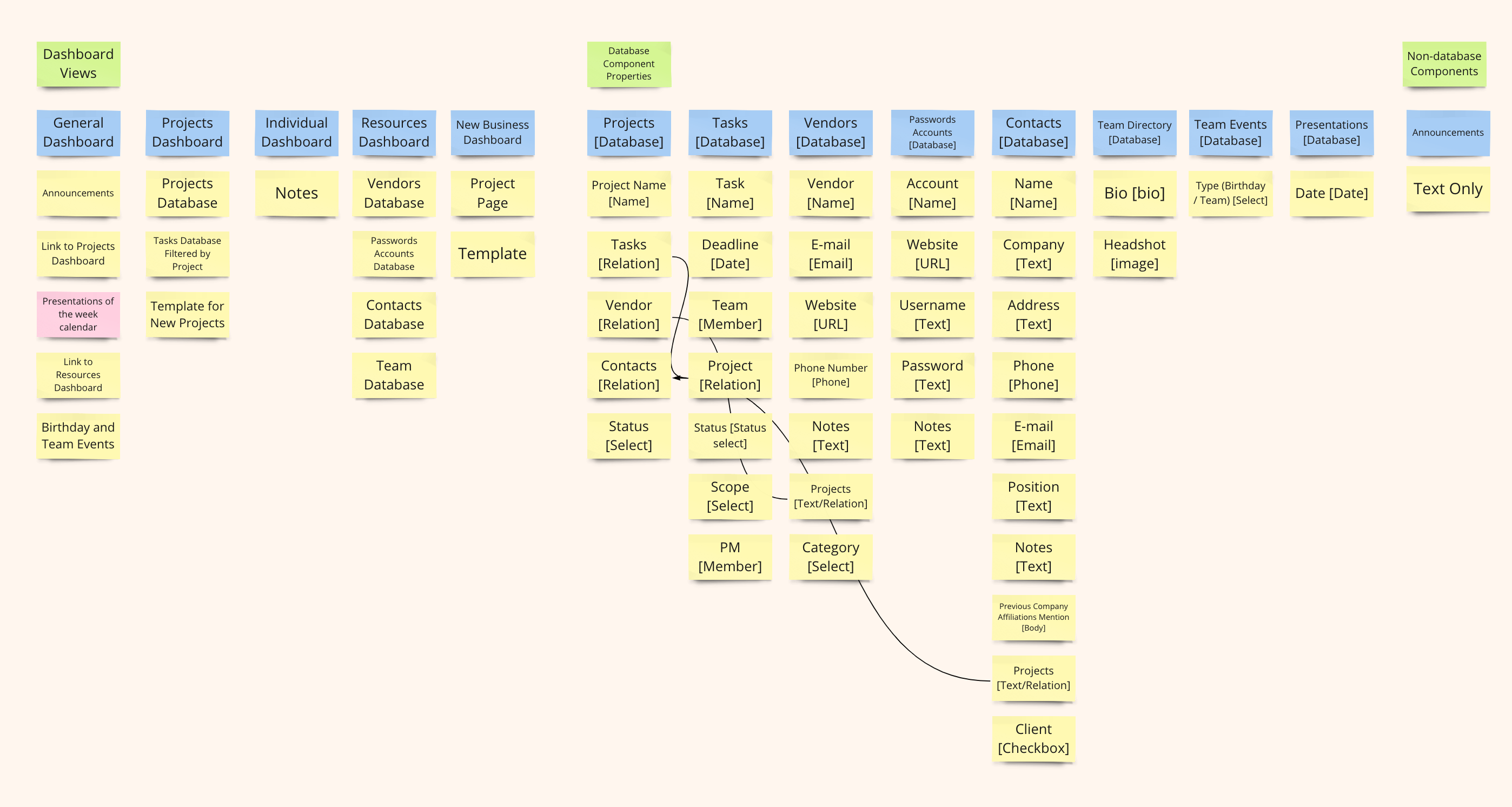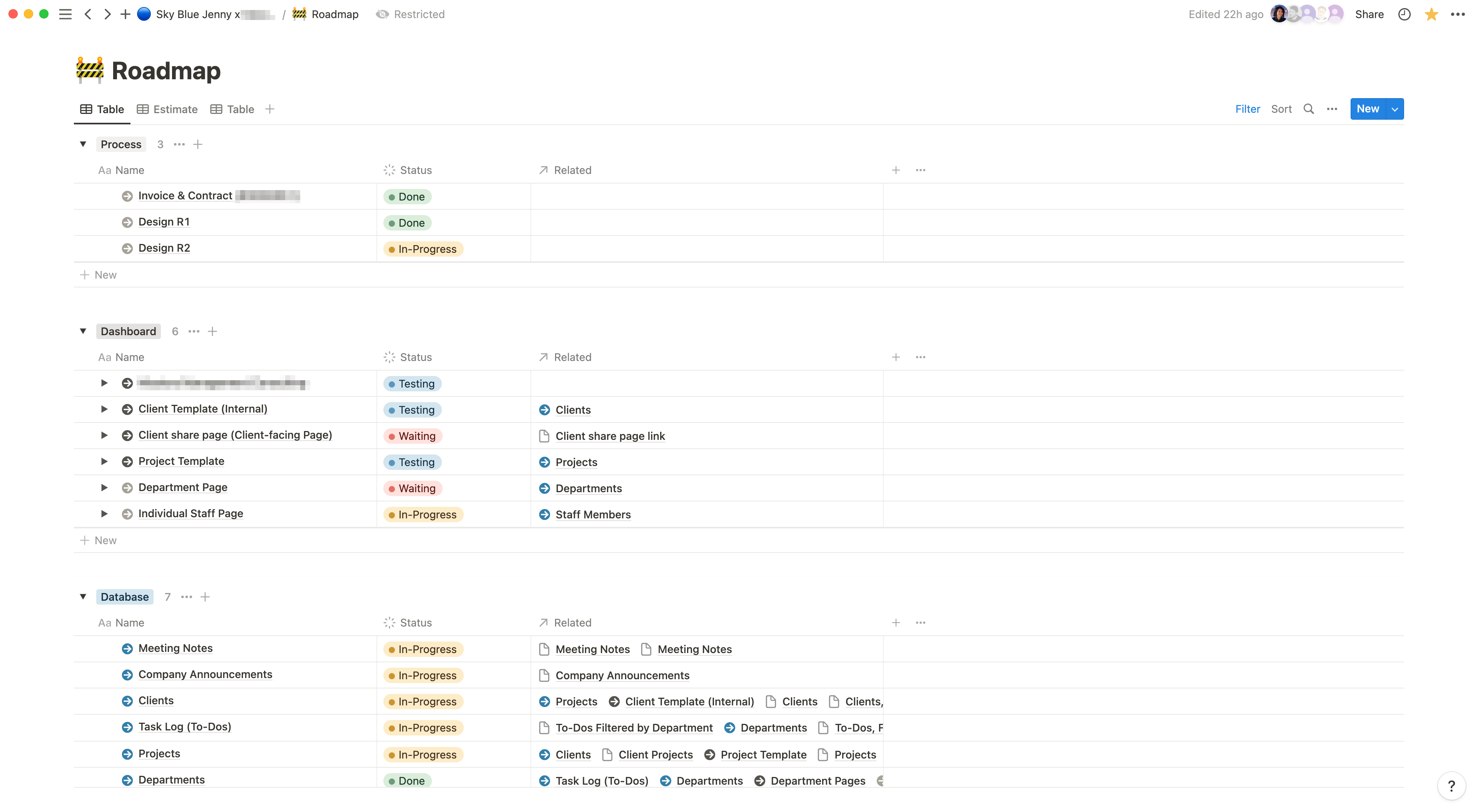Demystifying Notion Workspace Documentation: How to Ensure Clients Understand the Build

As a workspace builder, I understand the importance of clear documentation to ensure that my clients fully comprehend the structures and features of what I build for them. One of the most intricate areas I have found to communicate effectively is the database architecture. In this blog post, I will be sharing two methods that have proven to be helpful in providing documentation and a deep understanding of workspace builds, specifically focusing on database architecture.

The first method that I have found useful in communicating database architecture to my clients is through the use of Miro cards. These cards, created in the same size as the traditional 3x5 index cards, allow for quick generation and visualization of relationships between different properties of Notion databases. The visual representation of Miro makes it easier to understand the overall structure of the databases, identify the flow of information, and see how different databases connect. These cards are easy to create, and the arrows used in the cards help to indicate the relationships between different databases.

The second method I am exploring now is to include the roadmap documentation of the workspace within a Notion database.
This approach provides several benefits, including inline instances that allow me to communicate with clients on what dashboards are affected before making changes to the database.
What makes this easier for clients to understand is the implementation of sub-items, which divides the process into categories such as process, dashboards, user experience, and the properties of connected databases in the back-end. This creates a more structured and intuitive document that is much easier for clients to read, digest and use.

Another added advantage of using Notion as a database is the collaborative aspect. Instead of sending out a document to my clients via email, Notion allows me to work collaboratively with them directly discussing any of these line items. This can range from reviewing the progress of the different components to making critical decisions that can affect the final product. It also streamlines communication, as multiple parties can see the sources, updates, and changes as soon as they occur.
One key takeaway from these two methods is how they help bring the architecture of Notion workspaces to life visually. The database structures may be complex, but adding some colors to the visuals can make it easier for clients to conceptualize and understand the overarching hierarchy.
It's also critical to note that building a Notion workspace takes time and changes may need to be made along the way, especially when aspects of the live build are introduced to the client and their team. By choosing a collaborative process that includes visuals, the client can feel more confident in knowing they are part of the process and are aware of any necessary changes that may need to be implemented.
The database architecture of Notion Workspaces can often be an intimidating process. However, the two methods discussed in this post make it much easier to explain and help clients grasp the overall structure. Whether using the Miro cards or the Notion database, the main objective is to ensure that clients understand the overall structure of their workspace, the flow of information, and how these different databases connect so they can know how to keep the information updated and keep their Notion workspace valuable.
Using visuals throughout the process and actively collaborating allows for confidently setting up expectations between myself and my clients, creating a smooth and efficient Notion project experience.


